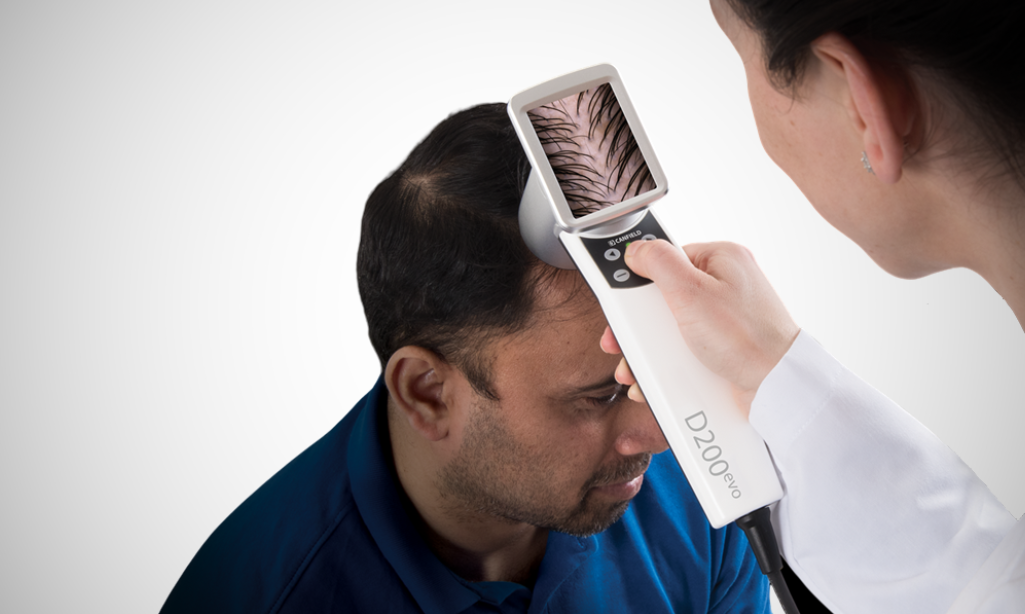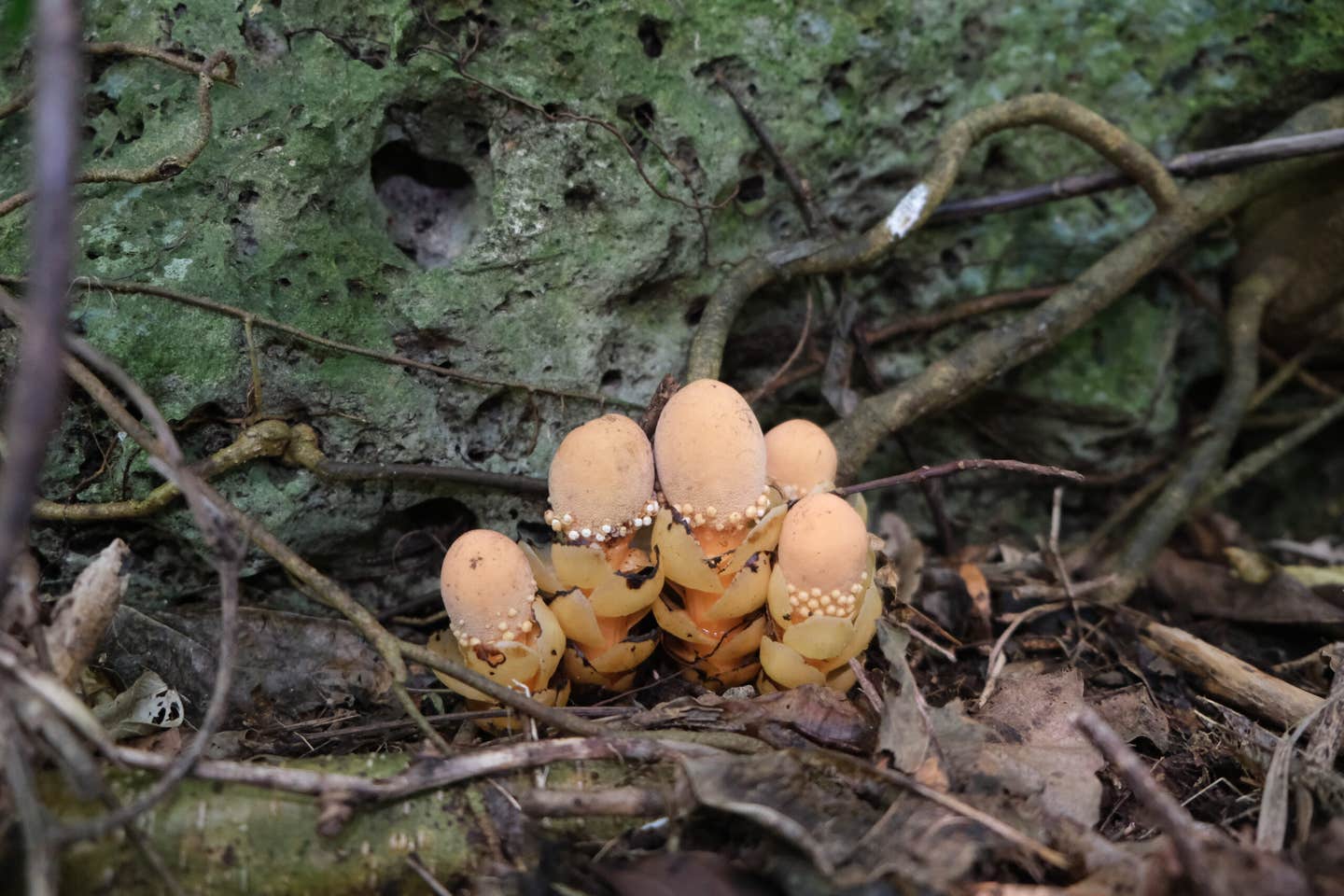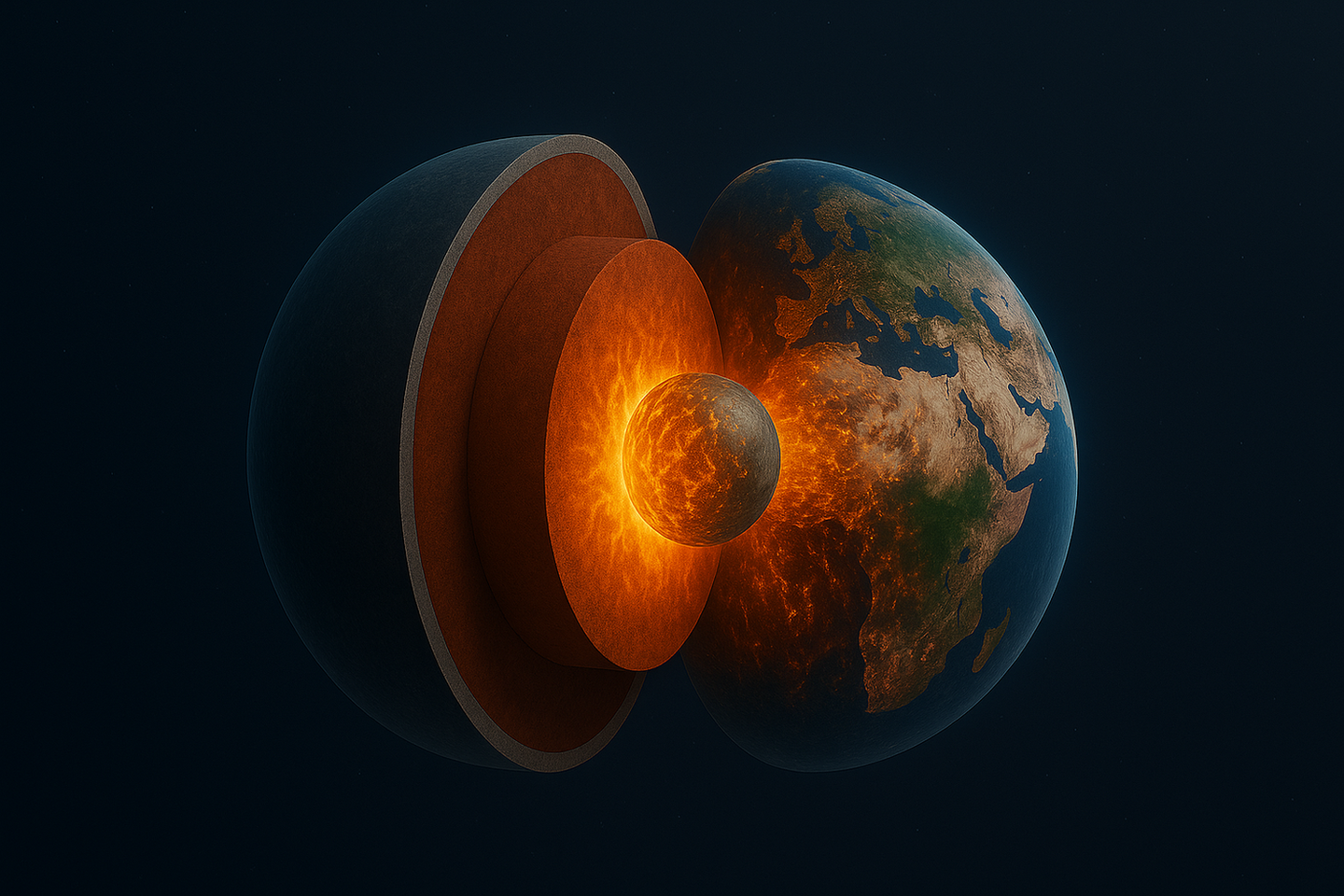Cutting-edge AI application diagnoses your health based solely on your hair
An innovative AI application developed at WSU could transform health diagnostics and forensic investigations by analyzing hair structure, providing rapid insights into health and species identification.

As AI continues to expand its reach into scientific research, the development of tools like this one promises to make studying biological materials faster, more efficient. (CREDIT: CC BY-SA 3.0)
A new artificial intelligence (AI) application is set to transform the way scientists study hair, offering the potential to develop health diagnostics using nothing more than a simple strand of hair.
This cutting-edge AI model can drastically speed up the process of studying hair, automating tasks that would otherwise take countless hours. Typically, scientists rely on microscopes to examine hair one strand at a time. With this new system, a microscope can scan slides and capture images of hundreds of hairs simultaneously.
The data is gathered in seconds, providing high-resolution information about the color, shape, width, and length of each individual strand. Although this AI has been tested using mouse fur, it holds the promise of working with hair from virtually any species, including humans.
The AI model was developed at Washington State University’s (WSU) College of Veterinary Medicine, and the research was published in the Journal of Investigative Dermatology.
According to Ryan Driskell, associate professor and principal investigator of the study, "In many ways, an individual’s hair is somewhat a reflection of health. If you start separating them out with tweezers, which a lot of hair scientists do, you can make some really interesting discoveries. But you’re doing this manually, right underneath the microscope. So, the idea was, what happens if you can make a computer program do that for you?"
Related Stories:
The origins of this AI-driven system began with a student facing a repetitive task. Jasson Makkar, a molecular biosciences graduate student at WSU, was assigned the painstaking task of manually separating thousands of hairs in Driskell’s lab. The goal was to analyze hair for various research projects centered on hair and skin. The process was slow and labor-intensive, inspiring Makkar to come up with a more efficient solution.
Makkar developed the AI by training a computer vision model to recognize hair using WSU’s powerful Kamiak computing cluster. He then used a specialized microscope, the Aperio GT450, at the Washington Animal Disease Diagnostic Laboratory to automate the imaging of hair fibers. This integration of AI with advanced imaging equipment has transformed what was once an arduous task into an automated process that can handle hundreds of hair samples in mere seconds.
This new application has wide-reaching implications, from forensic investigations to advancements in the hair product industry. However, its potential in the realm of health diagnostics may be its most significant achievement. Makkar explained that by collecting and analyzing detailed data about healthy hair in various species, it may be possible to create a grading system for human and animal health.
Hormonal imbalances, nutritional deficiencies, and other conditions all affect hair growth in detectable ways. With the right data, these changes could be used to diagnose health issues simply by examining hair.
In the realm of forensics, this AI technology could be a game-changer. Not only can it identify the species a particular hair comes from, but it may also provide information about age, health, and even ethnicity in humans, all of which could be vital in criminal investigations.
“There’s this methodology in law enforcement agencies that utilizes hair fiber classification as a forensic tool in criminal investigations,” Driskell said. “This methodology has been somewhat controversial because much of this work was performed by forensic technicians visually identifying hair types found at a crime scene and then cross-referencing them against a limited database of hair types across all mammals.”
Driskell emphasized that the AI system could remove human bias from these investigations. With AI, cross-referencing hair fibers becomes far more precise, and the creation of a more extensive database could help accurately identify hair types from different individuals, potentially down to the anatomical location on the body. This is a significant leap forward from current forensic practices.
In addition to its forensic applications, the AI model also has the potential to revolutionize the hair product industry. Makkar explained that the system could be used to assess the effects of hair products on strands. By applying a cosmetic product to a swatch of hair, researchers could then use the AI system to analyze how the hair changes after exposure to the product.
“Take a swatch of hair, apply the cosmetic that you’re testing to it, and then look at it with our deep hair phenomics tool and see how it changes,” Makkar said.
The data collected in this groundbreaking research is now available through an interactive web tool, which can be accessed at skinregeneration.org. This resource opens the door to further research and development, enabling scientists and industry professionals to explore new ways of studying and utilizing hair in various fields.
As AI continues to expand its reach into scientific research, the development of tools like this one promises to make studying biological materials faster, more efficient, and far more informative. What once took hours of manual labor under a microscope can now be done in seconds, transforming fields from health diagnostics to forensics.
Note: Materials provided above by The Brighter Side of News. Content may be edited for style and length.
Like these kind of feel good stories? Get The Brighter Side of News' newsletter.



